Welcome, fellow travelers, to an exploration of the remarkable National Parks nestled within the American Midwest. This region, often celebrated for its heartland charm, also harbors a collection of natural and historical treasures preserved within its National Park system. This guide aims to provide you with the essential information and inspiration to plan your own memorable road trip through these diverse landscapes. Prepare to discover the unique beauty and significance of the Midwest’s National Parks.
Exploring the Midwest’s National Park Destinations
The Midwest is home to eight distinctive National Parks, each offering a unique narrative and landscape for visitors to explore. Let us embark on a journey through these remarkable destinations:
1. Indiana Dunes National Park (Indiana)
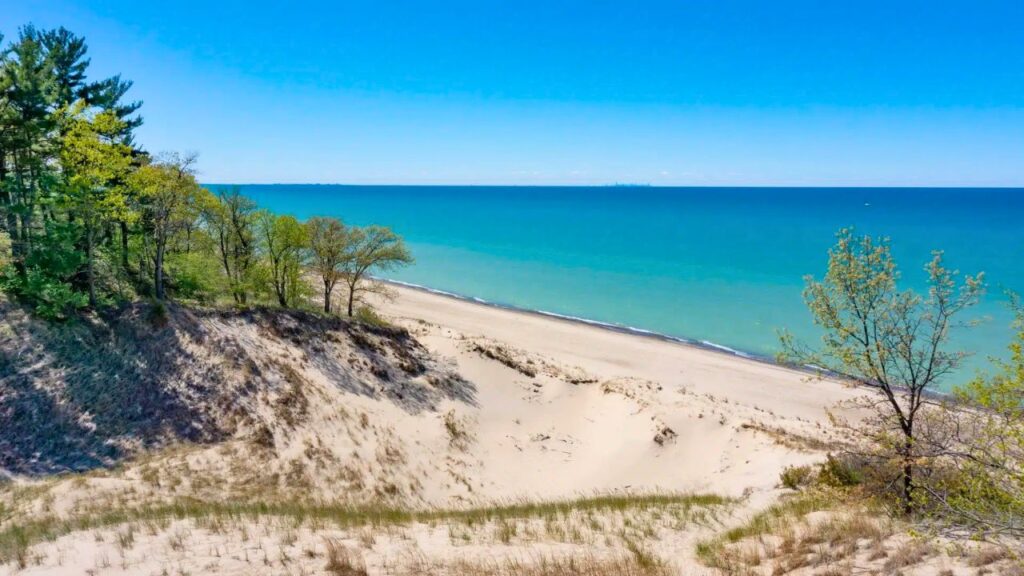
Along the southern edge of Lake Michigan lies Indiana Dunes National Park, a dynamic landscape where towering sand dunes meet the vastness of the lake. This park presents a compelling blend of coastal beauty and ecological diversity, offering opportunities for both relaxation and exploration.
- Must-See Places:
- Mount Baldy: Ascend this prominent wandering dune for expansive views of Lake Michigan and the surrounding terrain.
- West Beach: A popular destination for swimming and leisurely activities, equipped with accessible trails and facilities.
- Dune Succession Trail: This trail offers an insightful journey through the various stages of dune development, from the shoreline to established forests.
- Kemil Beach: Visit during the spring and summer months to witness the vibrant display of local wildflowers.
2. Cuyahoga Valley National Park (Ohio)
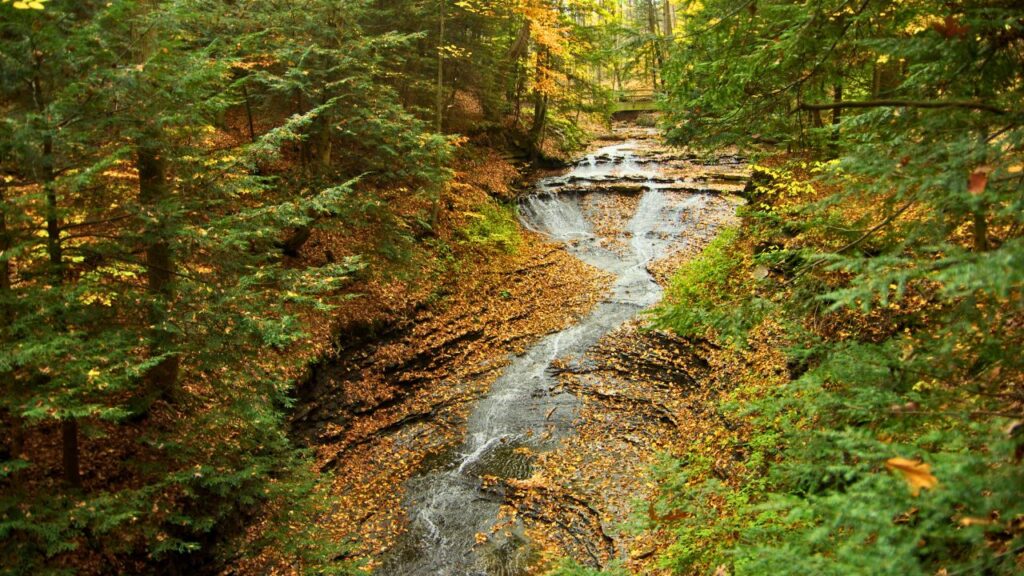
A short distance from the urban centers of Cleveland and Akron, Cuyahoga Valley National Park provides a serene natural retreat. The park follows the course of the Cuyahoga River, showcasing a tapestry of forests, rolling hills, and the historic Ohio & Erie Canal towpaths.
- Must-See Places:
- Brandywine Falls: Witness the captivating cascade of this iconic waterfall as it plunges into a picturesque gorge.
- Towpath Trail: Engage in a walk or bicycle ride along the historic Ohio & Erie Canal towpath, offering glimpses into the region’s past and opportunities for wildlife observation.
- Everett Covered Bridge: Admire the charm and historical significance of this well-preserved covered bridge.
- The Ledges: Explore the intriguing rock formations and enjoy scenic vistas from the various trails in this area.
3. Isle Royale National Park (Michigan)

For those seeking a truly immersive wilderness experience, Isle Royale National Park, an island archipelago in Lake Superior, awaits. Accessible via ferry or seaplane, this remote park offers exceptional opportunities for backpacking, hiking, and observing wildlife such as moose and wolves in their natural habitat.
- Must-See Places:
- Rock Harbor: Serving as the primary hub on the island, Rock Harbor provides essential amenities and visitor services.
- Lake Superior: Take in the grandeur of this vast lake and appreciate its pristine shoreline.
- Greenstone Ridge Trail: For experienced hikers, this challenging multi-day trail rewards with breathtaking panoramic views.
- McCargoe Cove: A favored location for kayaking and canoeing enthusiasts.
4. Voyageurs National Park (Minnesota)
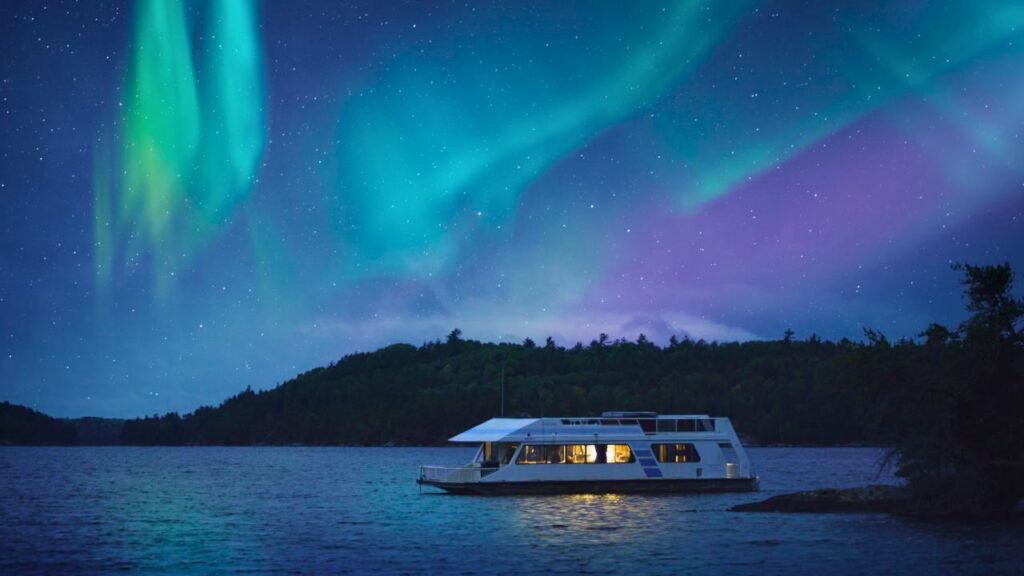
Situated along the border with Canada, Voyageurs National Park is a unique water-based parkland. Explore its interconnected waterways, pristine forests, and rugged cliffs by means of boating, canoeing, or kayaking, offering an intimate connection with the natural environment.
- Must-See Places:
- Kabetogama Lake: One of the park’s principal lakes, providing excellent opportunities for boating and angling.
- Rainy Lake: Discover the scenic islands and the distinctive Ellsworth Rock Gardens.
- Crane Lake: Explore the eastern section of the park, noted for its diverse wildlife.
- Ellsworth Rock Gardens: A whimsical collection of rock sculptures created by artist Jack Ellsworth, offering a unique cultural element within the natural landscape.
5. Theodore Roosevelt National Park (North Dakota)
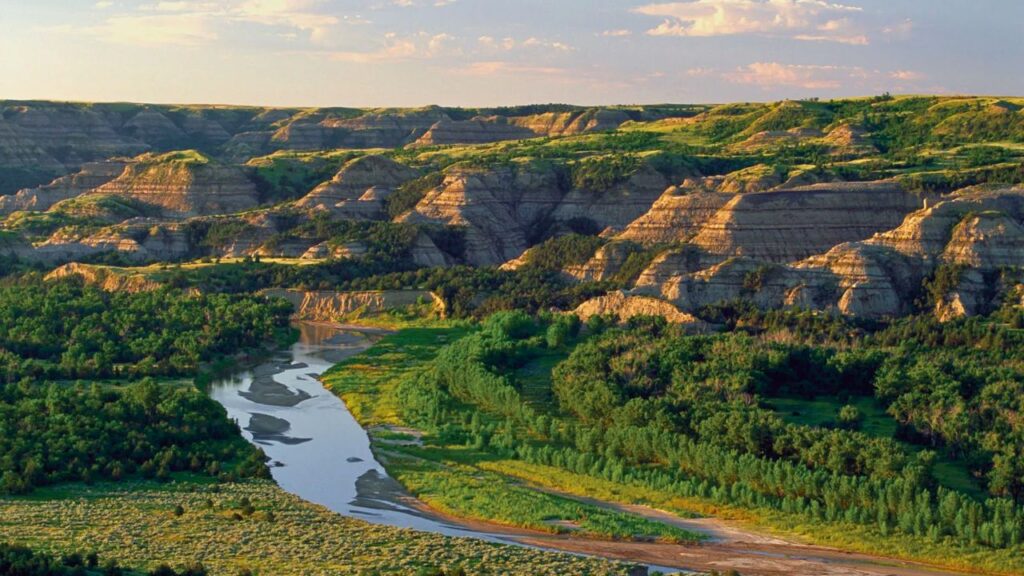
Immerse yourself in the rugged beauty of the North Dakota Badlands at Theodore Roosevelt National Park. This park commemorates the legacy of the 26th U.S. President and his profound connection to the area’s dramatic landscapes and abundant wildlife, including bison and wild horses.
- Must-See Places:
- South Unit Scenic Loop Drive: Embark on this 36-mile paved road for stunning vistas of the badlands and potential wildlife encounters.
- Painted Canyon Visitor Center: Offers sweeping panoramic views of the colorful badlands formations.
- Maltese Cross Cabin: Visit the historic ranch house once owned by Theodore Roosevelt.
- North Unit: Explore the more secluded northern section of the park, characterized by its dramatic canyons and overlooks.
6. Badlands National Park (South Dakota)
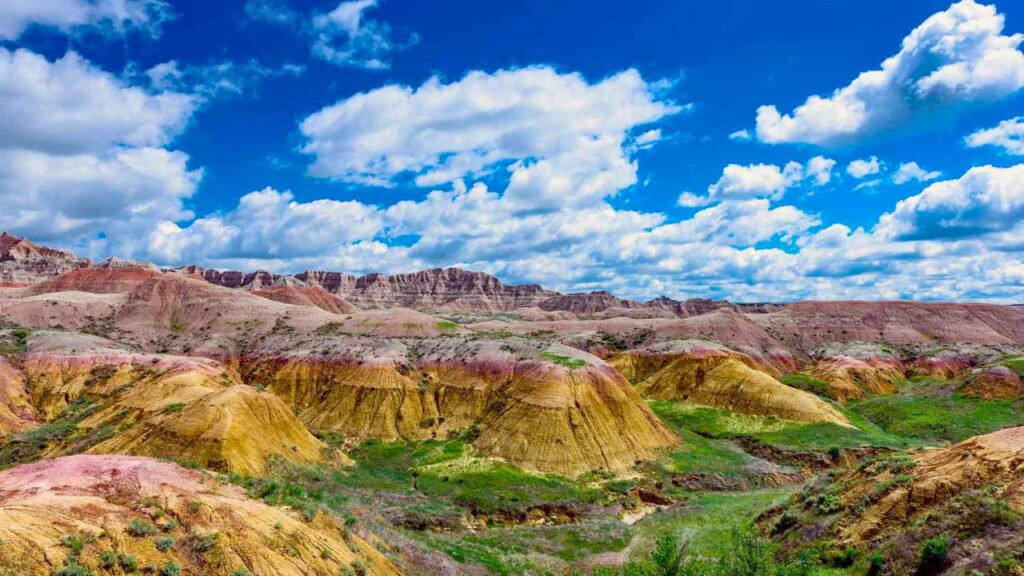
Prepare to be captivated by the stark and dramatic landscapes of Badlands National Park. This park showcases sharply eroded buttes, pinnacles, and spires, contrasting with the expansive prairie grasslands, creating a truly unforgettable visual experience.
- Must-See Places:
- Badlands Loop Road (Highway 240): Drive along this scenic route, stopping at numerous overlooks to appreciate the park’s unique formations.
- Pinnacles Overlook: Provides iconic views of the park’s jagged and dramatic landscape.
- Wall Drug Store: A well-known roadside attraction located just outside the park, offering a unique cultural stop.
- Fossil Exhibit Trail: A short, accessible trail featuring displays of fossils discovered within the park’s boundaries.
7. Wind Cave National Park (South Dakota)
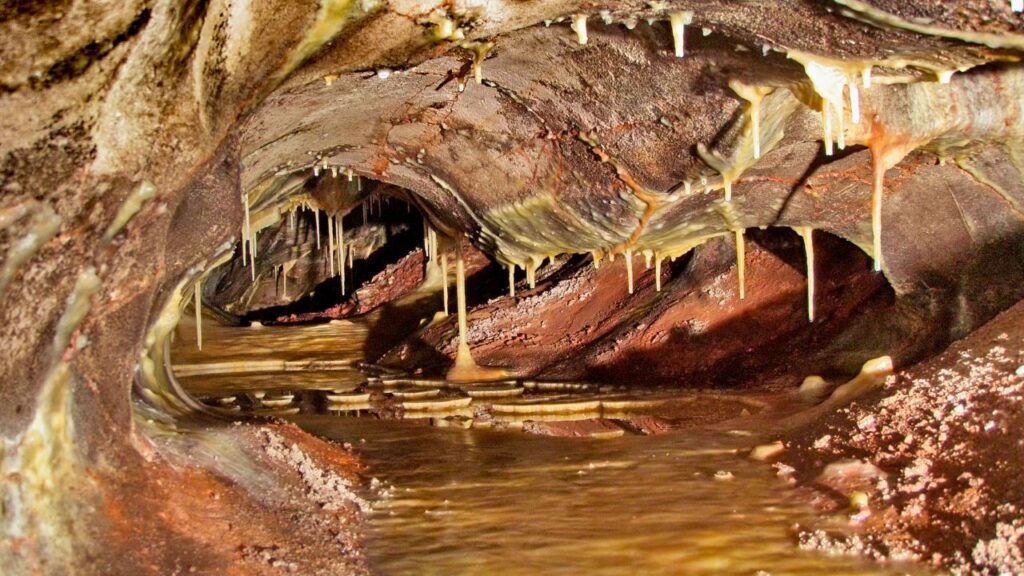
Beneath the surface of the South Dakota prairies lies Wind Cave National Park, home to one of the world’s longest and most intricate cave systems, renowned for its distinctive boxwork formations.
- Must-See Places:
- Cave Tours: Guided ranger-led tours are the primary way to explore the subterranean wonders of Wind Cave. Various tour options are available.
- Prairie Hikes: Discover the park’s surface with scenic trails traversing prairie grasslands and ponderosa pine forests.
- Wildlife Viewing: Observe the bison, elk, and prairie dogs that inhabit the park’s surface.
8. Gateway Arch National Park (Missouri)
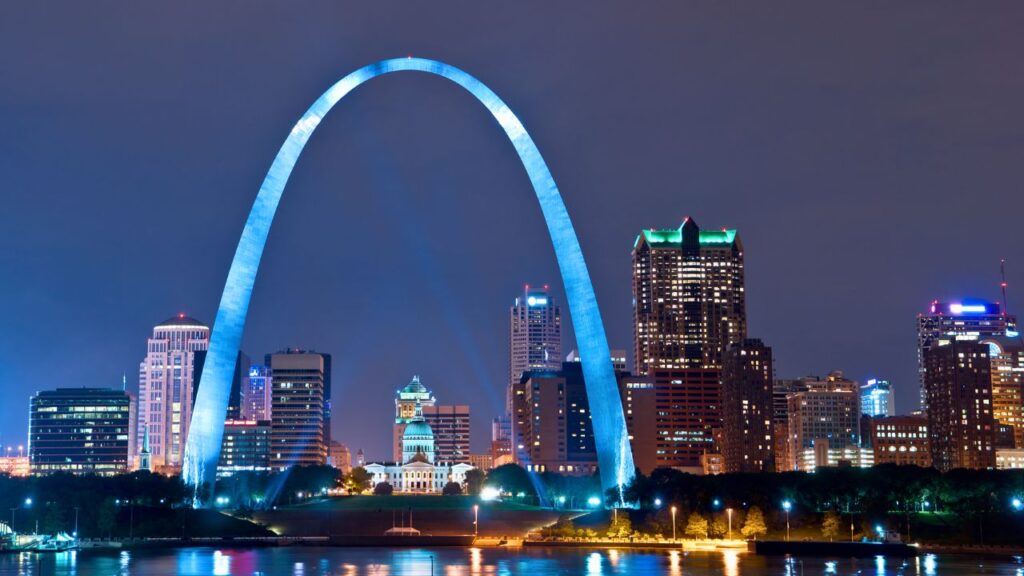
While primarily a historical landmark, Gateway Arch National Park in St. Louis stands as a significant monument to westward expansion. A journey to the top of the iconic Gateway Arch provides remarkable views of the city and the Mississippi River.
- Must-See Places:
- Gateway Arch: Take a tram ride to the summit for unparalleled perspectives of the surrounding area.
- Museum at the Gateway Arch: Explore the exhibits detailing the history of westward movement in the United States.
- Old Courthouse: A historic site where pivotal legal cases, including the Dred Scott case, were argued.
Planning Your Midwest National Parks Road Trip: Practical Guidance
A successful road trip through the Midwest National Parks requires thoughtful planning. Here is some practical guidance to assist first-time visitors:
Best Time to Visit
The optimal time to visit the Midwest National Parks is influenced by your preferences and the specific parks on your itinerary.
- Summer (June-August): Offers warm weather suitable for various outdoor activities. However, this is also the peak tourist season, resulting in larger crowds and potentially higher accommodation costs. Be prepared for warmer temperatures and humidity in certain regions.
- Spring (April-May) and Fall (September-October): Provide milder temperatures and fewer visitors. Spring brings blooming flora, while autumn showcases vibrant foliage. These seasons often offer ideal conditions for hiking and wildlife observation. Be aware of potential variations in weather.
- Winter (November-March): Accessibility to some parks, such as Isle Royale, may be limited or unavailable during winter. Other parks, like Badlands and Theodore Roosevelt, offer a unique winter ambiance but with colder temperatures and potentially reduced services.
Transportation Options
The most practical mode of transportation for a Midwest National Parks road trip is typically a personal or rental vehicle. This provides the flexibility to explore at your own pace and access various points of interest.
- Personal Vehicle: Offers convenience for those driving from their residence. Ensure your vehicle is well-maintained for a long journey.
- Rental Car: A convenient option for travelers arriving by air. Booking in advance is recommended, particularly during peak seasons.
- RVs and Campers: Many parks provide campgrounds for RVs and campers. Reservations are strongly advised.
Public transportation within and between these parks is generally limited. Some parks may offer internal shuttle services during peak visitation periods. Consult individual park websites for specific details.
Recommended Durations for Visits
The suggested duration for visiting each park varies based on its size and the activities you intend to pursue.
- Indiana Dunes National Park: 1-2 days
- Cuyahoga Valley National Park: 1-2 days
- Isle Royale National Park: 3-5 days (considering travel time)
- Voyageurs National Park: 2-3 days
- Theodore Roosevelt National Park: 2-3 days
- Badlands National Park: 1-2 days
- Wind Cave National Park: 1 day
- Gateway Arch National Park: 1 day
Consider combining several parks into a more extended road trip to fully appreciate the diversity of the Midwest’s National Park system. A two-week itinerary could reasonably accommodate visits to 3-4 parks.
Tips for Hiring a Driver
For travelers who prefer not to drive, hiring a driver can enhance the convenience and relaxation of the trip.
- Research Reputable Services: Seek out established transportation companies or independent drivers with positive reviews and experience in the regions you plan to visit.
- Clearly Define Your Itinerary: Provide potential drivers with a detailed outline of your intended route and schedule to obtain accurate quotations.
- Consider Your Group Size: The number of passengers will determine the appropriate type of vehicle and driver.
- Clarify All Costs: Ensure a clear understanding of the driver’s fees, including mileage, daily rates, and any potential additional charges.
- Book in Advance: Especially during peak travel periods, it is advisable to reserve your driver well in advance to secure availability.
Respecting Local Customs and Dress Codes
While the Midwest is generally characterized by a welcoming and informal atmosphere, it is prudent to be respectful of local customs and dress codes, which may vary slightly across different communities.
- General Etiquette: Politeness and courtesy are generally appreciated. Simple acts such as using “please” and “thank you” are customary.
- Appropriate Attire: When visiting the National Parks, comfortable and practical clothing is recommended, particularly for outdoor activities. Layering is advisable due to potential weather variations. Casual attire is generally acceptable in most surrounding areas.
- Awareness of Local Events: If your visit coincides with local festivals or events, it may be beneficial to inquire about any specific customs or dress codes that may be observed.
- Respect for Private Property: Adhere to marked trails and respect private property boundaries both within and outside the parks.
- Leave No Trace Principles: Practice responsible environmental stewardship by packing out all waste and minimizing your impact on the natural environment.
Embark on Your Midwest National Parks Journey
A road trip through the National Parks of the Midwest offers an enriching experience, filled with stunning landscapes, opportunities for adventure, and a connection to both natural beauty and American history. With careful planning and an adventurous spirit, you are sure to create lasting memories. We encourage you to begin your preparations and discover the remarkable national treasures that await in the heartland of America.
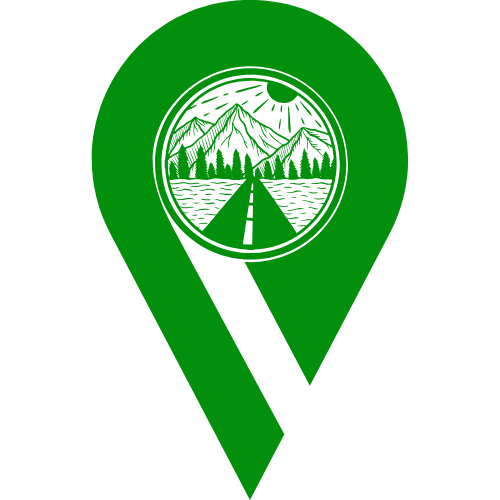
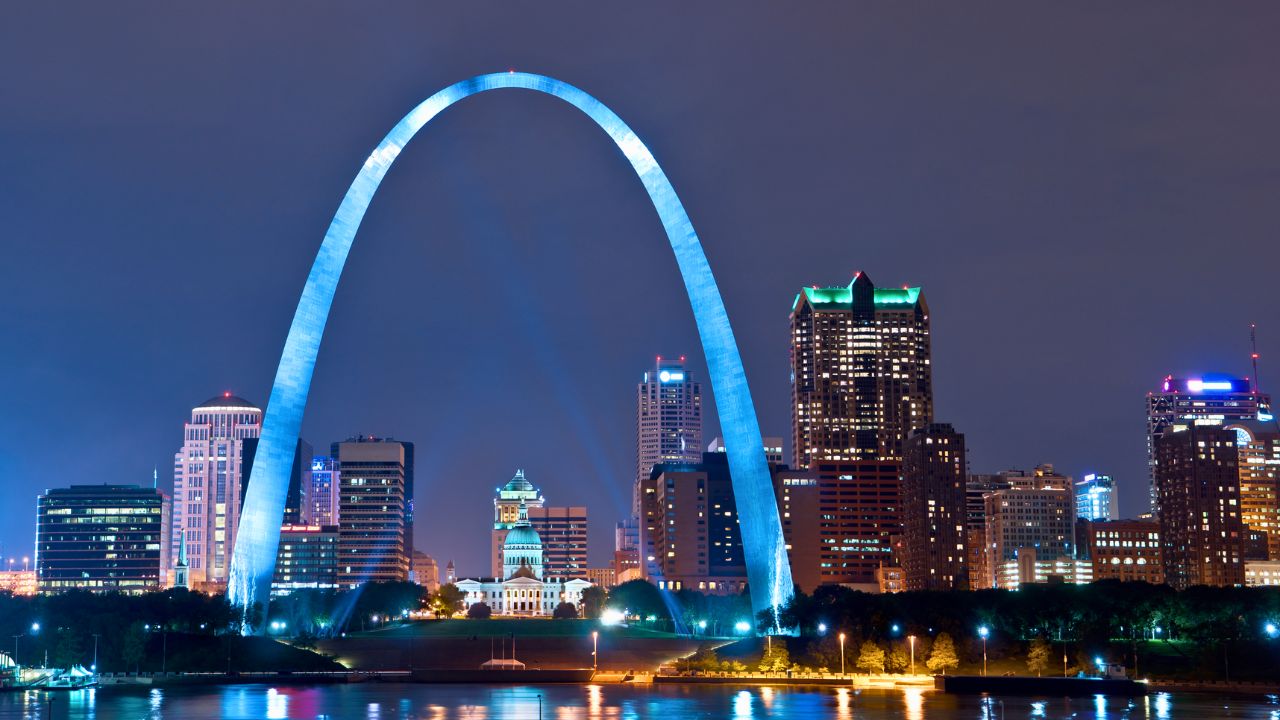
Leave a Reply